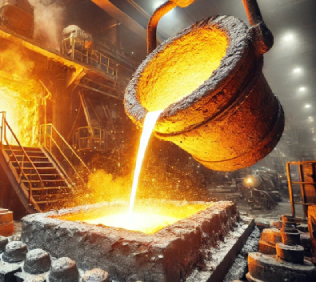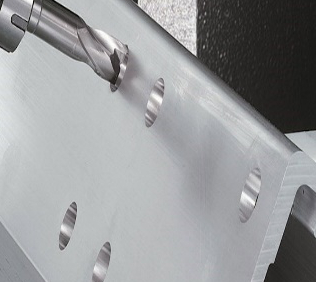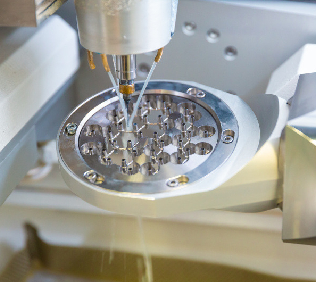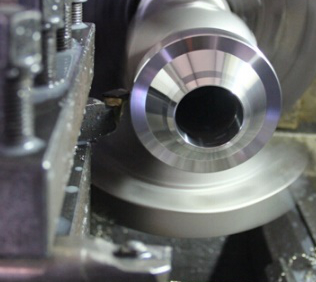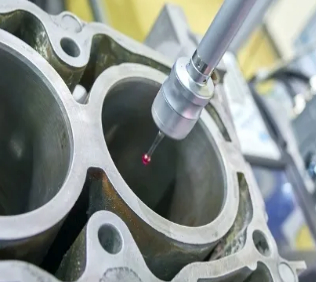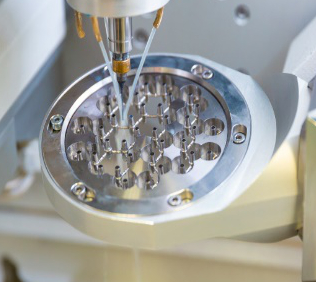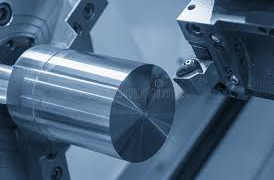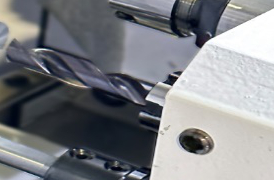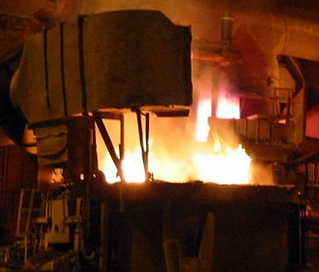ALUMINUM CASTING
Aluminum casting is a process where molten aluminum is poured into molds to create precise shapes, ideal for intricate designs with a smooth surface finish. Key casting techniques include sand casting, die casting, and investment casting, selected based on the specific characteristics required for the final product. Aluminum’s lightweight, durable, and corrosion-resistant qualities make it a popular choice across diverse industries, from automotive and aerospace to electronics and consumer goods. Sand casting is commonly used for larger parts, while die casting offers high efficiency for mass production, and investment casting is suited for complex, detailed components. These qualities make aluminum casting a versatile, cost-effective method for creating a wide range of high-quality, durable products.

